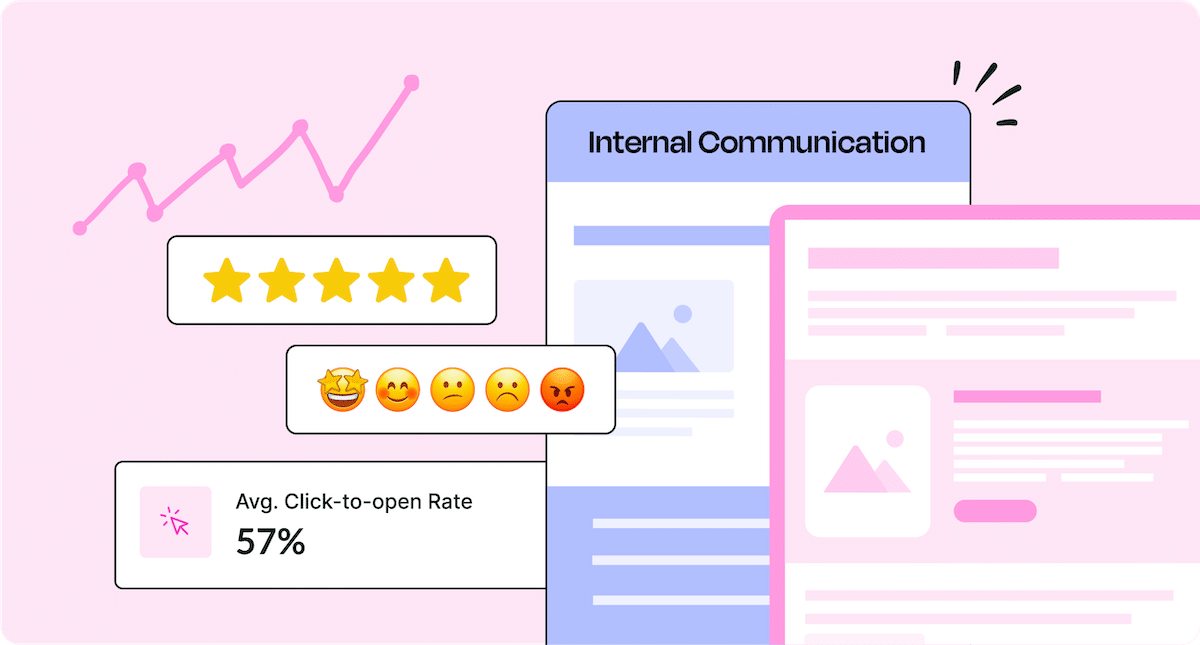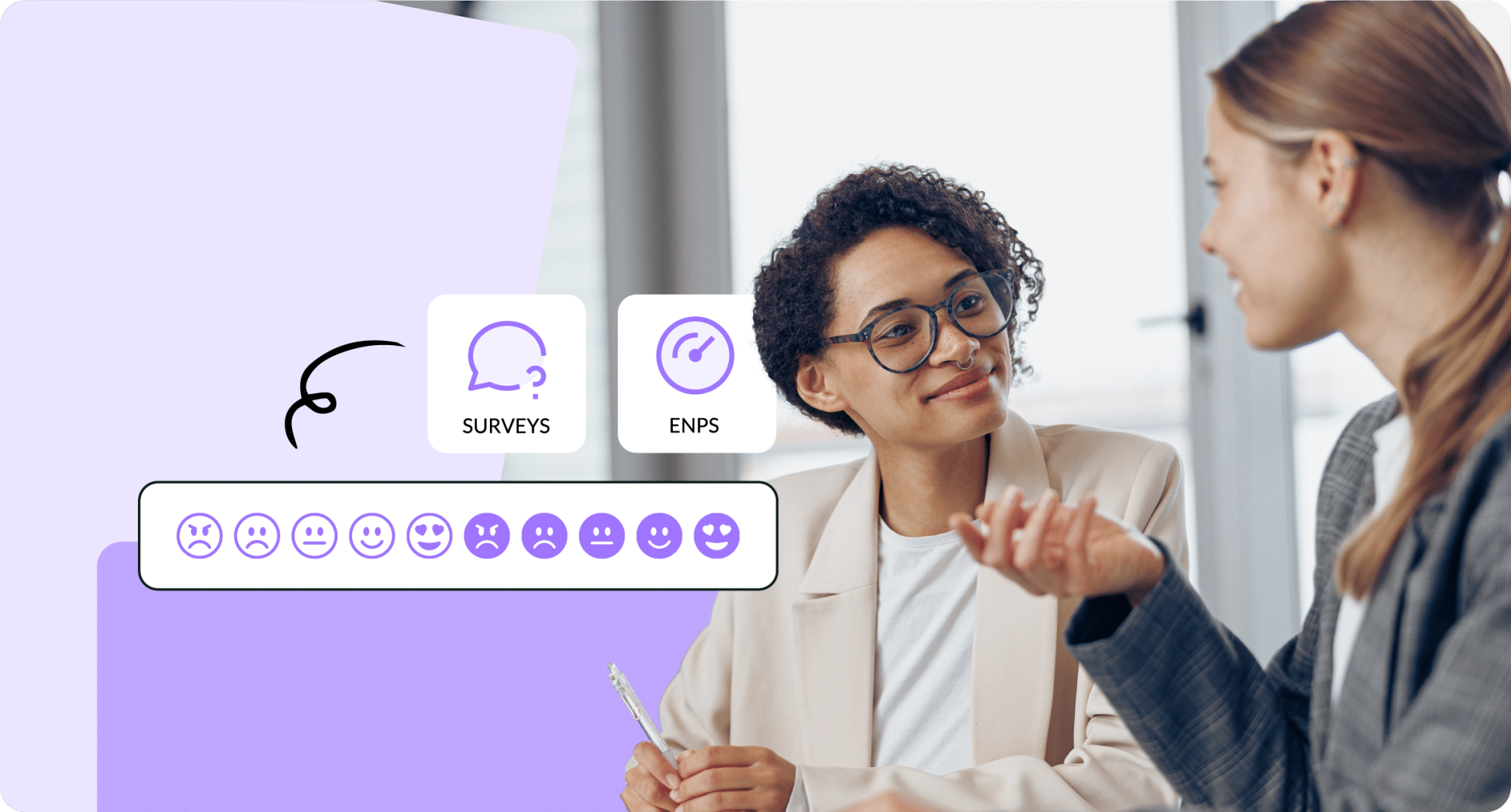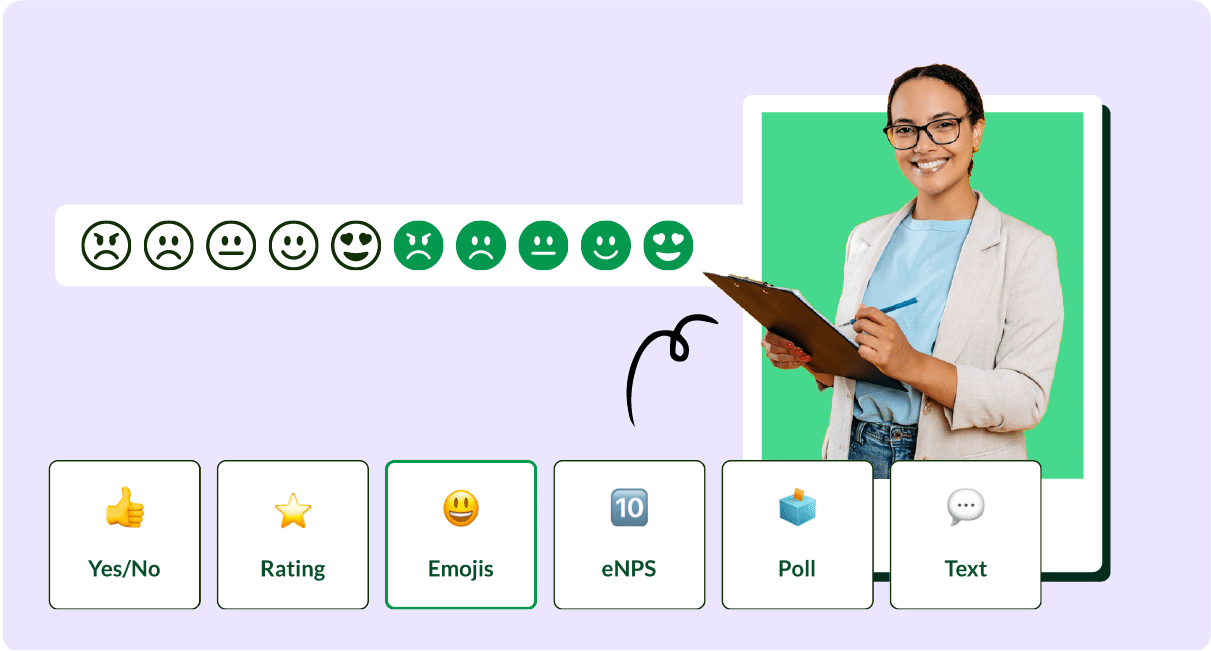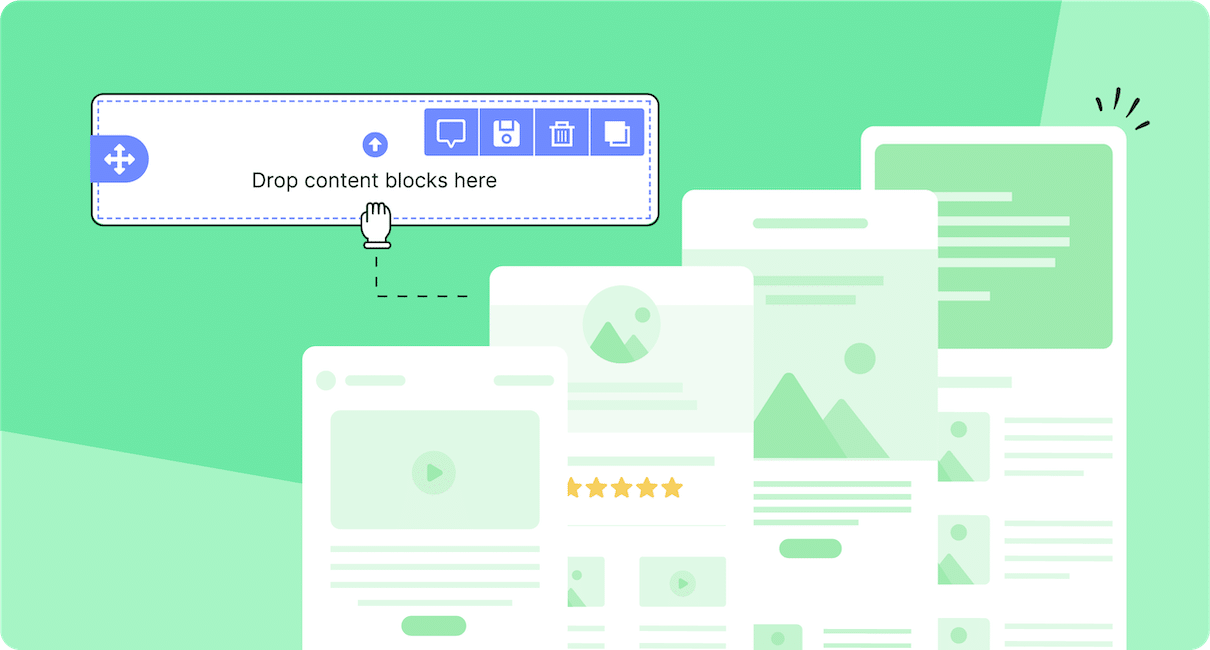Employee Engagement
Boosting employee engagement is all about creating a motivating environment where your team feels connected and valued. In this section, you’ll discover tips to engage your team at every level, such as:
- Engaging content ideas that keep your team informed and inspired to do great work
- Employee engagement surveys to spark meaningful conversations and drive participation
- Feedback loops to continuously improve with tools that measure employee engagement and help boost retention and satisfaction
- Employee engagement software options and ways to streamline communication and improve participation
- Inclusive, remote employee engagement best practices to unite all team members, no matter where they are
Browse our resources to build effective employee engagement strategies, measure outcomes, and create a feedback loop that continuously improves employee experiences.
Most recent articles

Employee Engagement • Internal Communications
Top 7 Employee Engagement Metrics To Track and Improve
May 29, 2025

Employee Engagement • Internal Communications
10 Employee Engagement KPIs to Know, Measure, and Optimize
May 28, 2025

Employee Engagement • Internal Communications
15 Employee Engagement Trends Redefining Workplaces in 2025
May 22, 2025

Employee Engagement • Internal Communications
15 Benefits Of Employee Engagement For Employers And Staff
May 21, 2025

Employee Engagement • Internal Communications
Employee Engagement In 2025: Strategies, Trends, and Examples
May 20, 2025
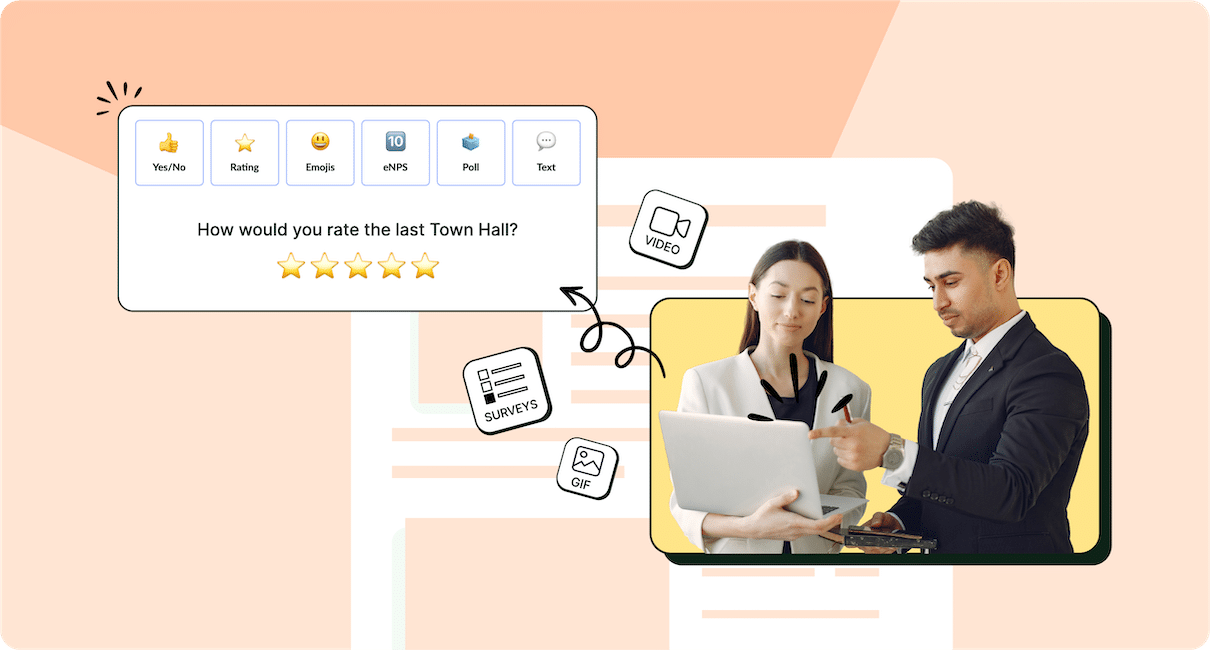
Employee Engagement • Internal Communications
15 Effective Employee Engagement Strategies With Examples
May 16, 2025

Employee Engagement • Internal Communications
15 Key Drivers of Employee Engagement To Know And Master
May 15, 2025
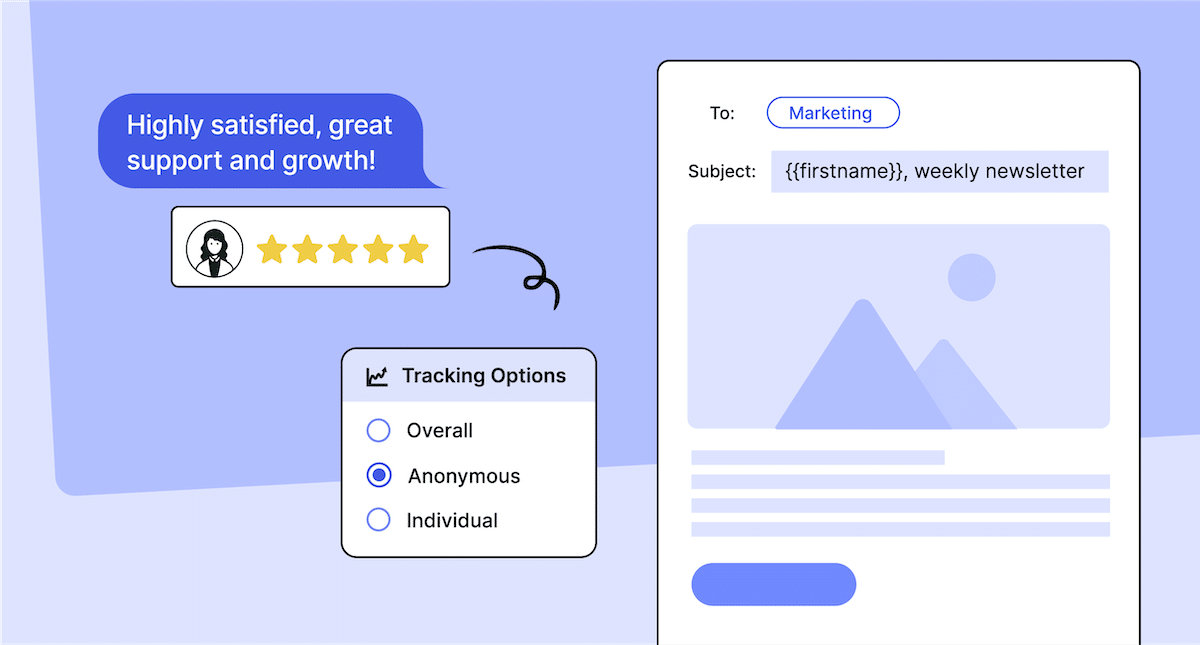
Employee Engagement • Internal Communications
Importance Of Employee Engagement In 2025: Top 10 Benefits
May 13, 2025
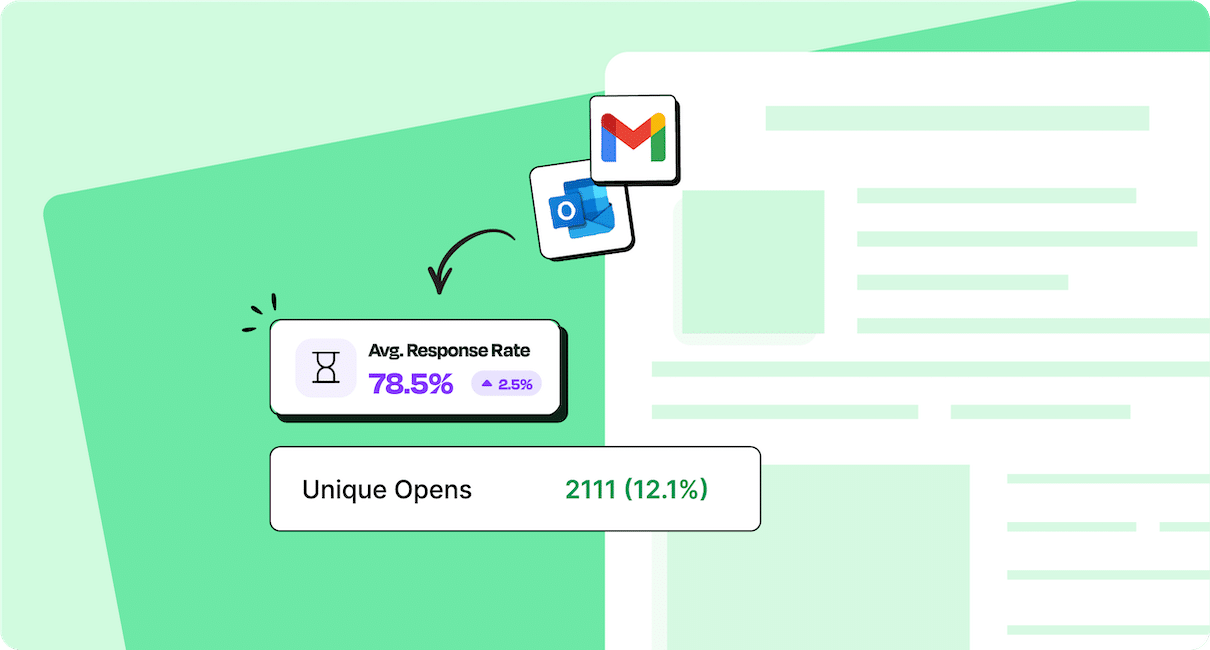
Employee Engagement • Internal Communications
15 Employee Engagement Best Practices to Master in 2025
May 12, 2025
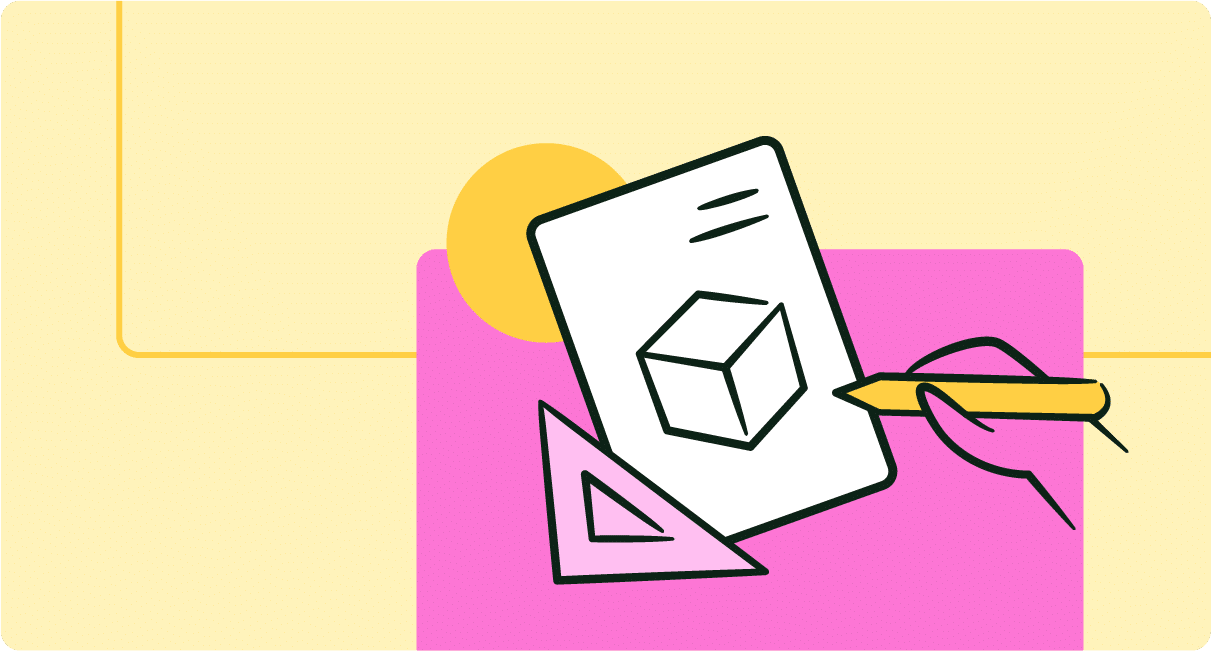
Employee Engagement • Email Analytics • Internal Communications
Employee Engagement Analytics: How-To Guide For 2025
May 9, 2025
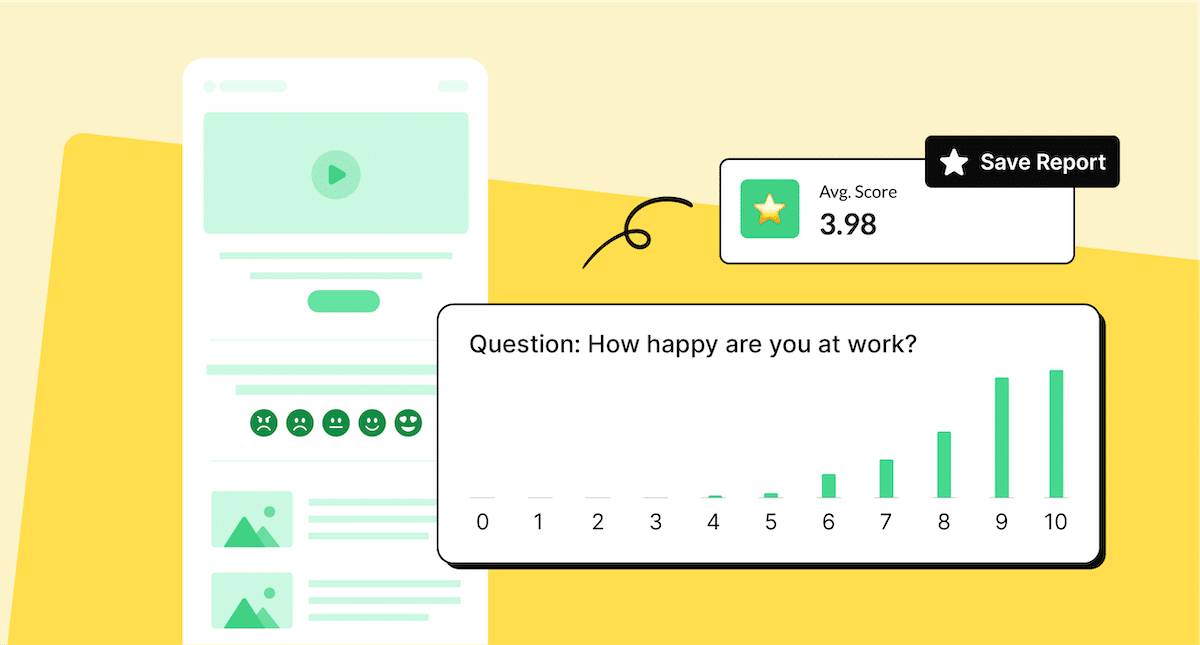
Employee Surveys • Employee Engagement
Employee Engagement Surveys: How-To Guide For 2025
May 8, 2025

Employee Engagement • Remote & Hybrid Engagement
How To Engage Remote Employees: 10 Most Effective Strategies
May 8, 2025

Employee Engagement • How-To Tutorials
How To Create A Successful Employee Engagement Action Plan: 10 Steps
May 6, 2025
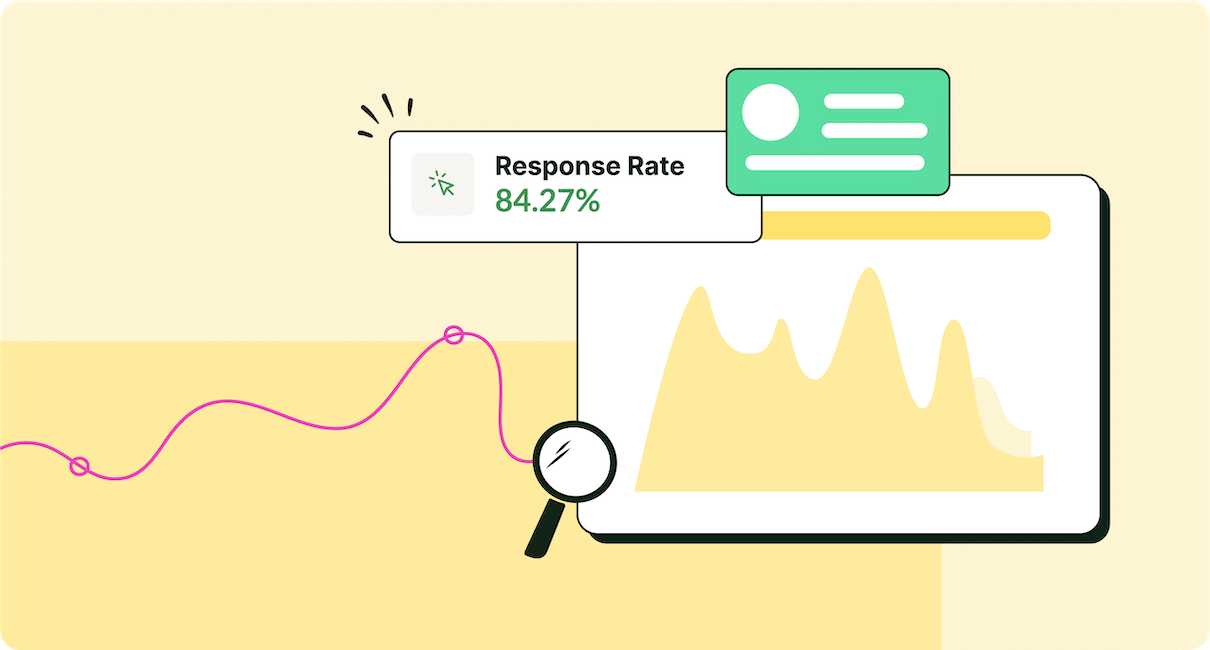
Employee Engagement • How-To Tutorials
How to Measure Employee Engagement: 10 Key Strategies
May 5, 2025
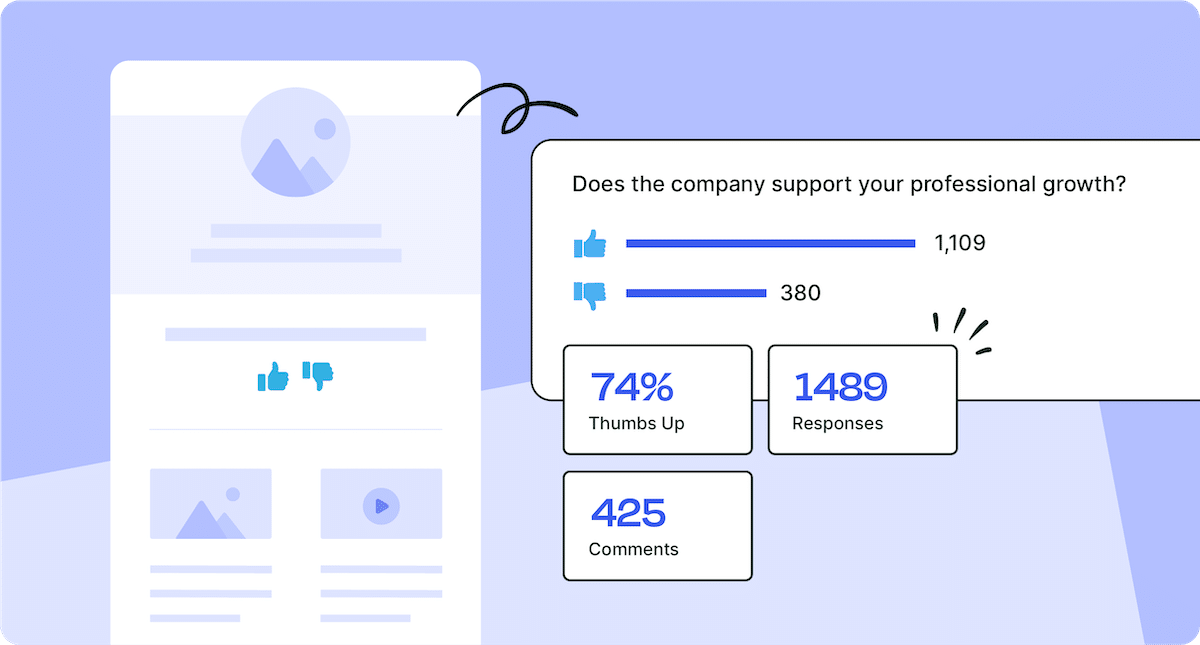
Employee Engagement • How-To Tutorials • Internal Communications
10 Best Ways To Improve Employee Engagement In The Workplace
Apr 25, 2025

Internal Communications Software and Tools • Remote & Hybrid Engagement
Best Communication Tools For Remote Teams in 2025
Apr 23, 2025

Employee Engagement • Internal Communications
How to Use Internal Audiences to Manage and Engage Employees
Mar 31, 2025
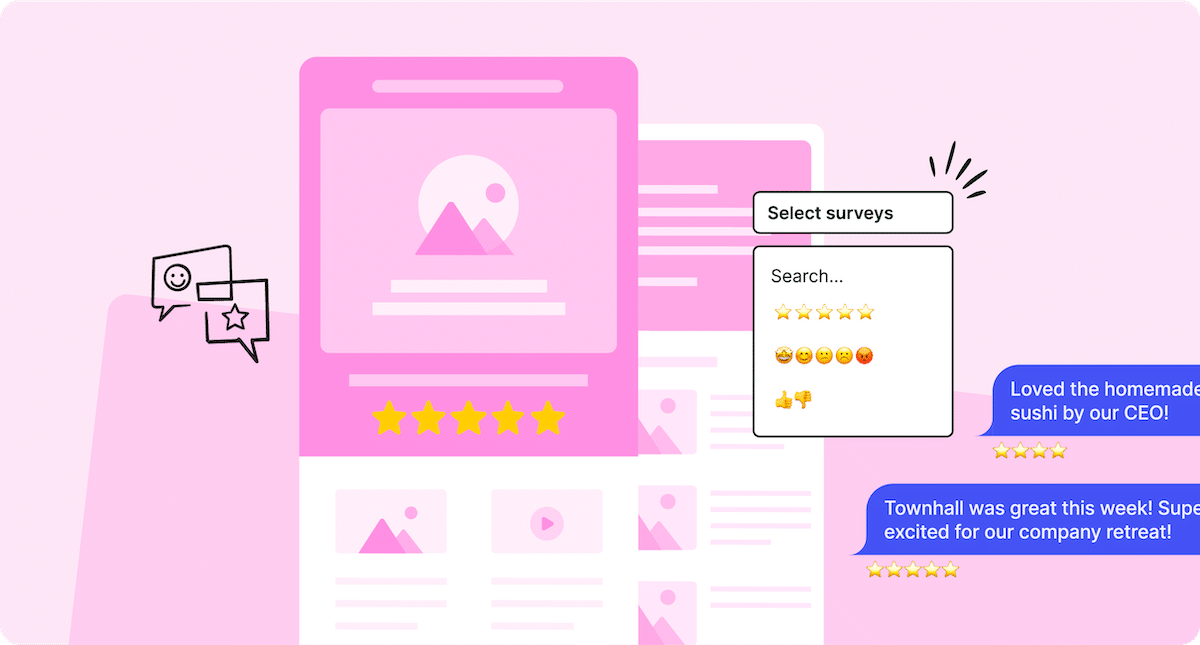
Employee Engagement • Employee Feedback
How To Improve The Quality And Effectiveness Of Employee Feedback
Jan 10, 2025

Employee Engagement • Employee Feedback
How to Measure Employee Feedback: 10 Best Strategies With Examples
Jan 10, 2025
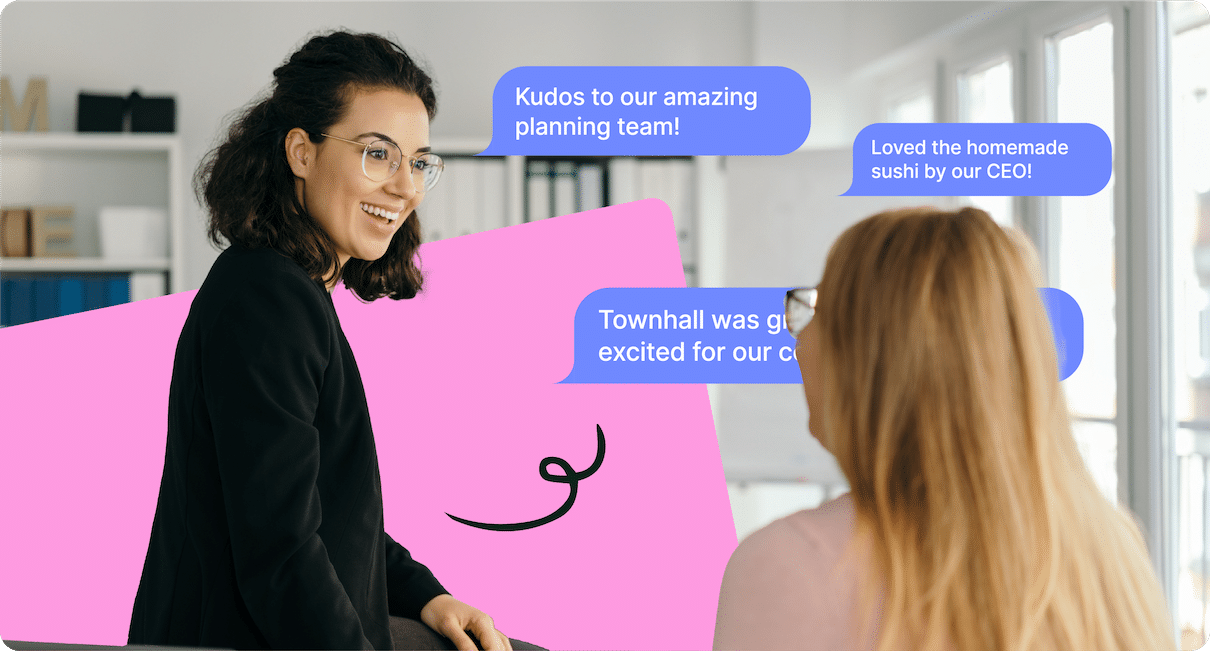
Employee Feedback • How-To Tutorials
10 Ways To Collect Employee Feedback In The Workplace
Jan 3, 2025
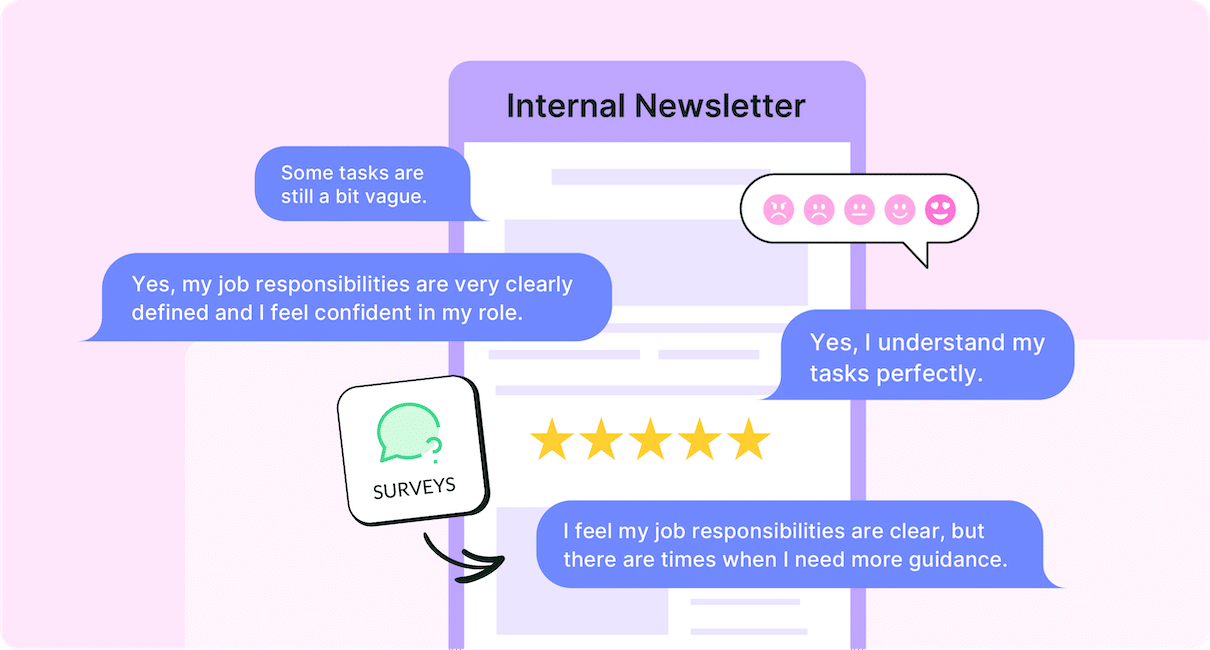
Employee Engagement • Employee Surveys
10 Ways To Use Employee Surveys In Your Internal Emails
Dec 30, 2024
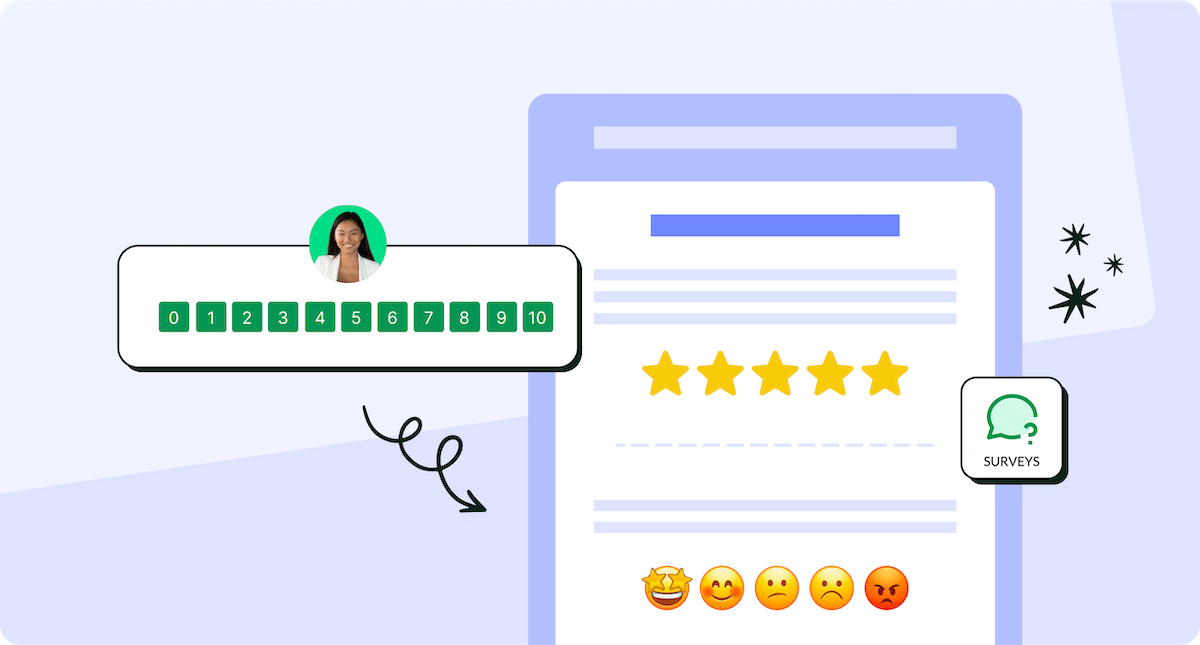
Employee Engagement • Employee Surveys
15 Types Of Pulse Surveys To Get Useful Employee Feedback Quickly
Dec 23, 2024
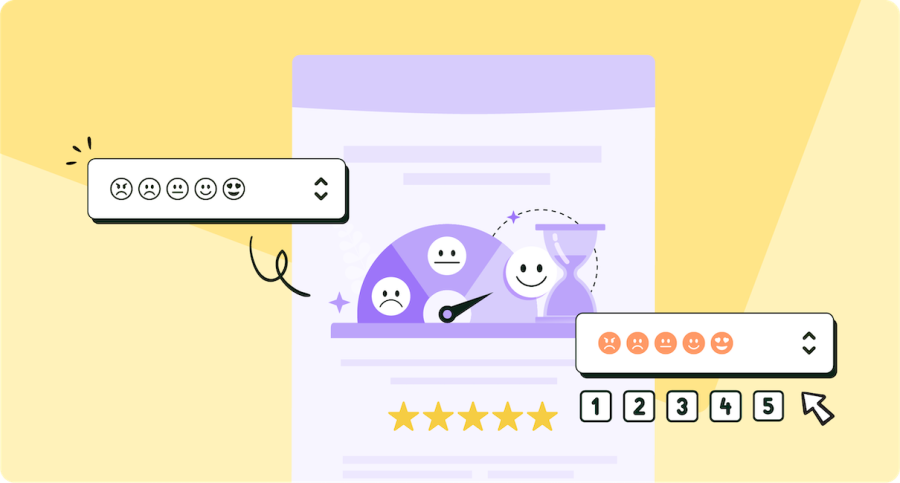
Employee Engagement • Employee Feedback
10 Benefits of Employee Pulse Surveys for Internal Communicators
Dec 6, 2024
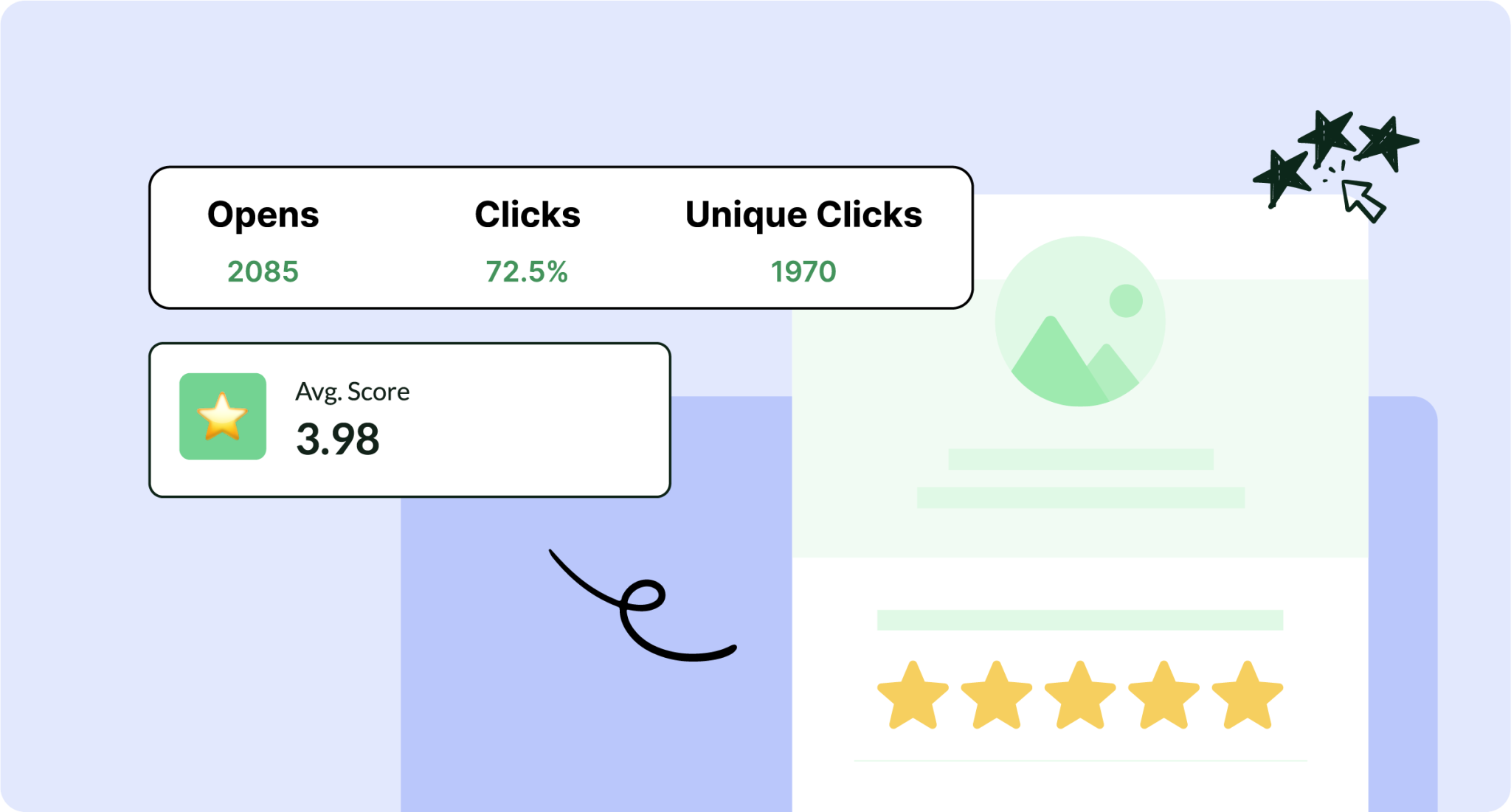
Employee Engagement • Employee Feedback
How to Interpret and Analyze Employee Pulse Survey Results
Dec 6, 2024
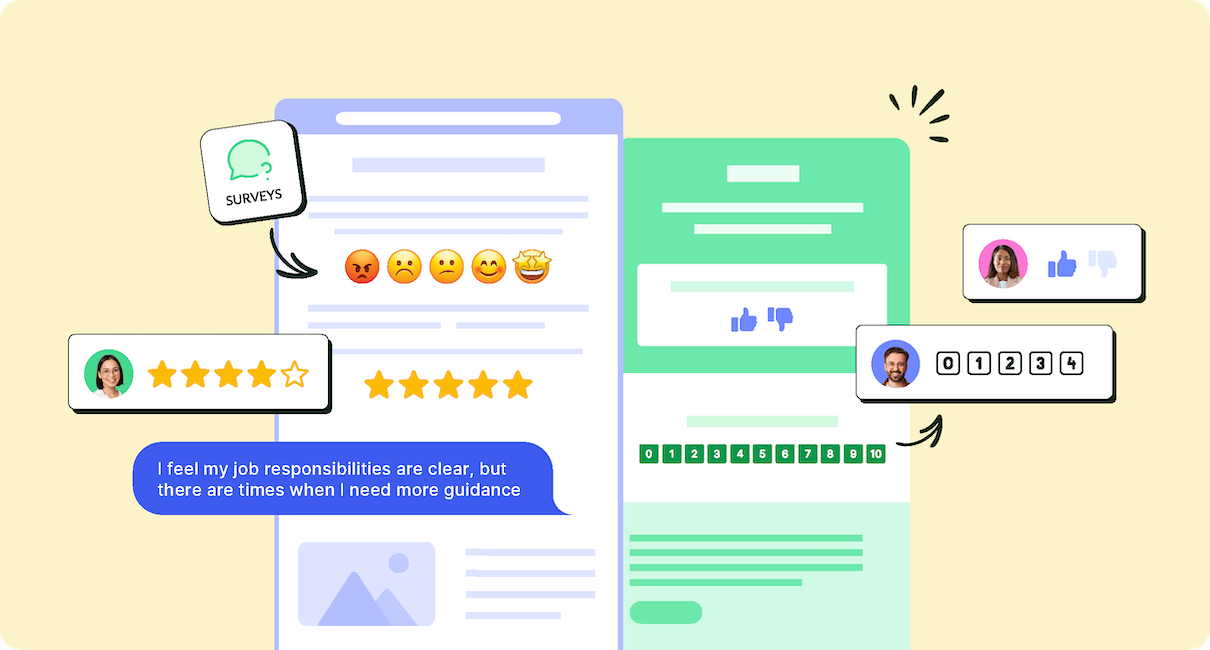
Employee Engagement • Employee Surveys
10 Best Employee Pulse Survey Templates and Examples
Nov 29, 2024
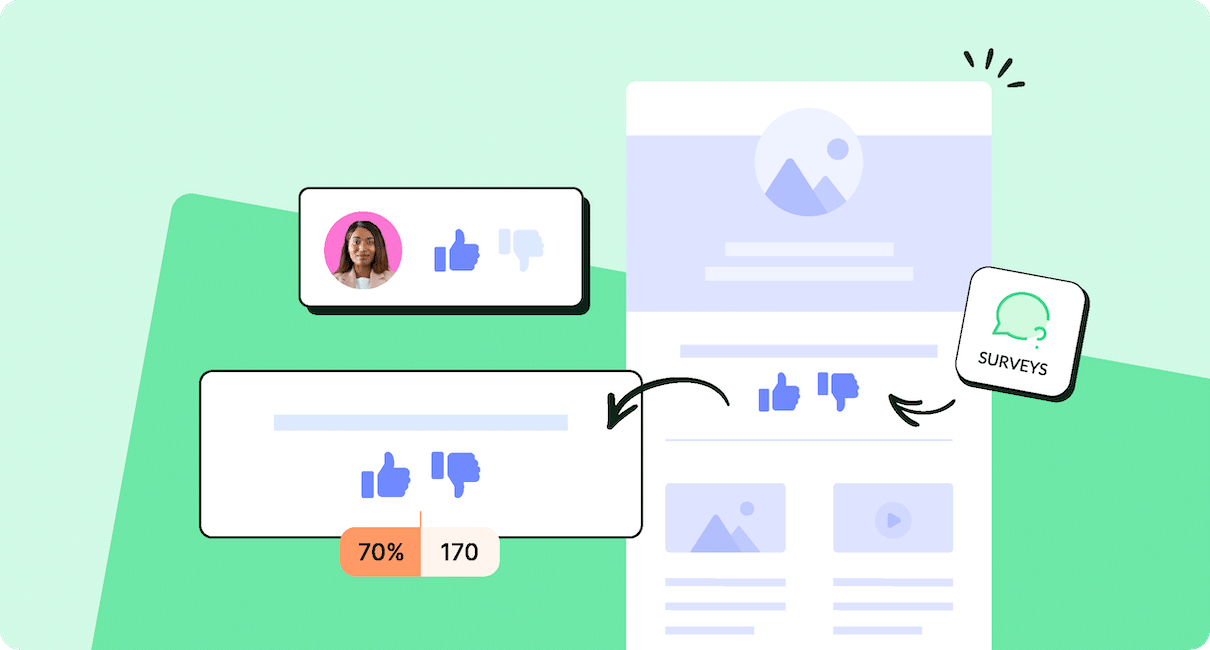
Employee Engagement • Employee Surveys • Internal Communications • Internal Communications Software and Tools
10 Best Employee Pulse Survey Tools And Software To Engage Teams
Nov 29, 2024
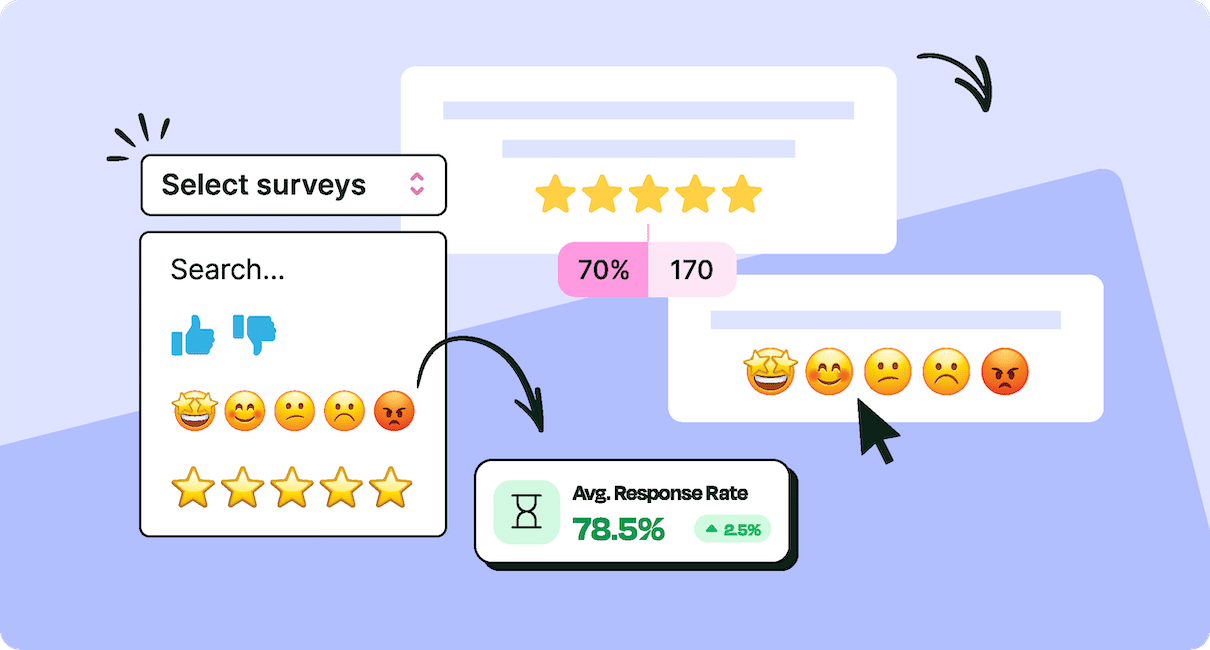
Employee Engagement • Internal Communications
15 Ways To Design Effective Pulse Surveys
Nov 27, 2024

Employee Engagement • Internal Communications Software and Tools
Employee Engagement Software: 10 Best Tools And Platforms
Nov 22, 2024

Employee Surveys • Employee Engagement
Employee Pulse Surveys: Complete Guide For 2025 Success
Nov 7, 2024
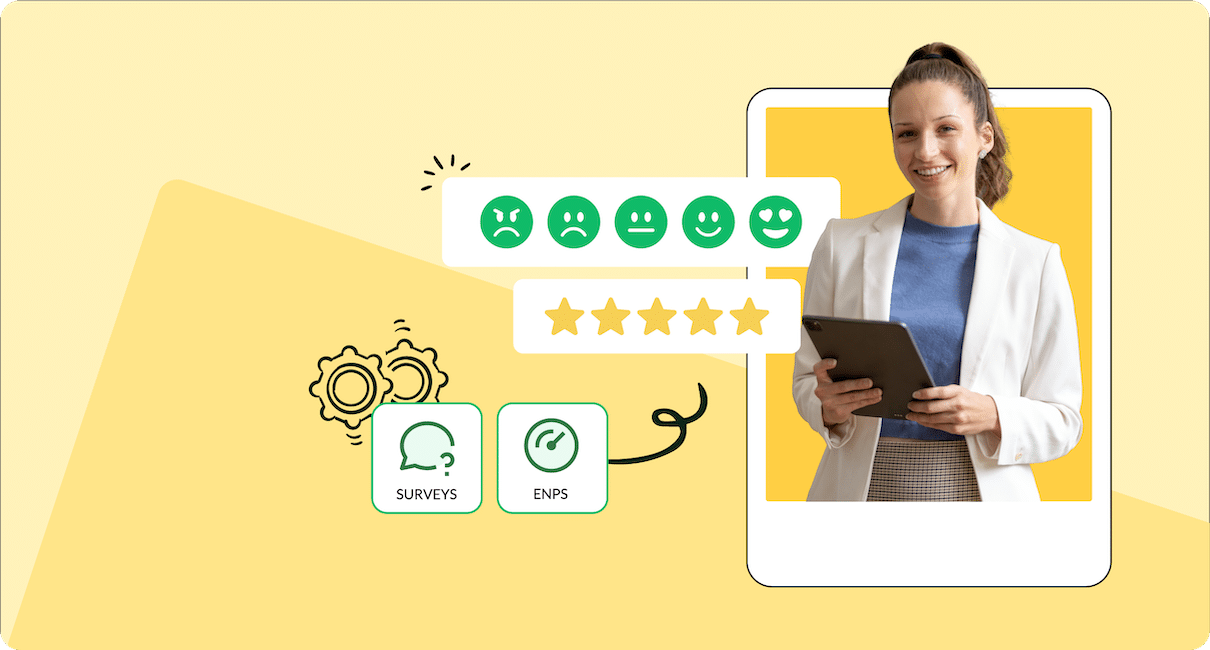
Employee Feedback • Internal Communications Software and Tools
15 Employee Feedback Tools: Best Software and Platforms of 2025
Oct 3, 2024
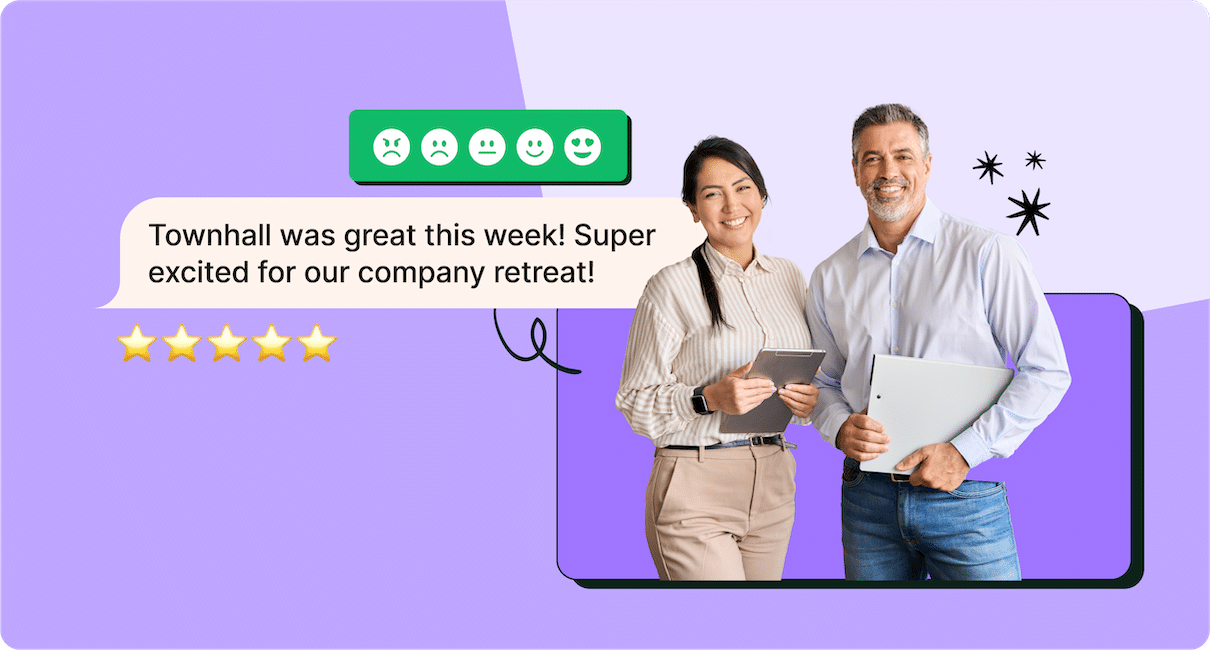
Employee Feedback • How-To Tutorials
How to Implement Effective Employee Feedback Loops and Why?
Sep 23, 2024
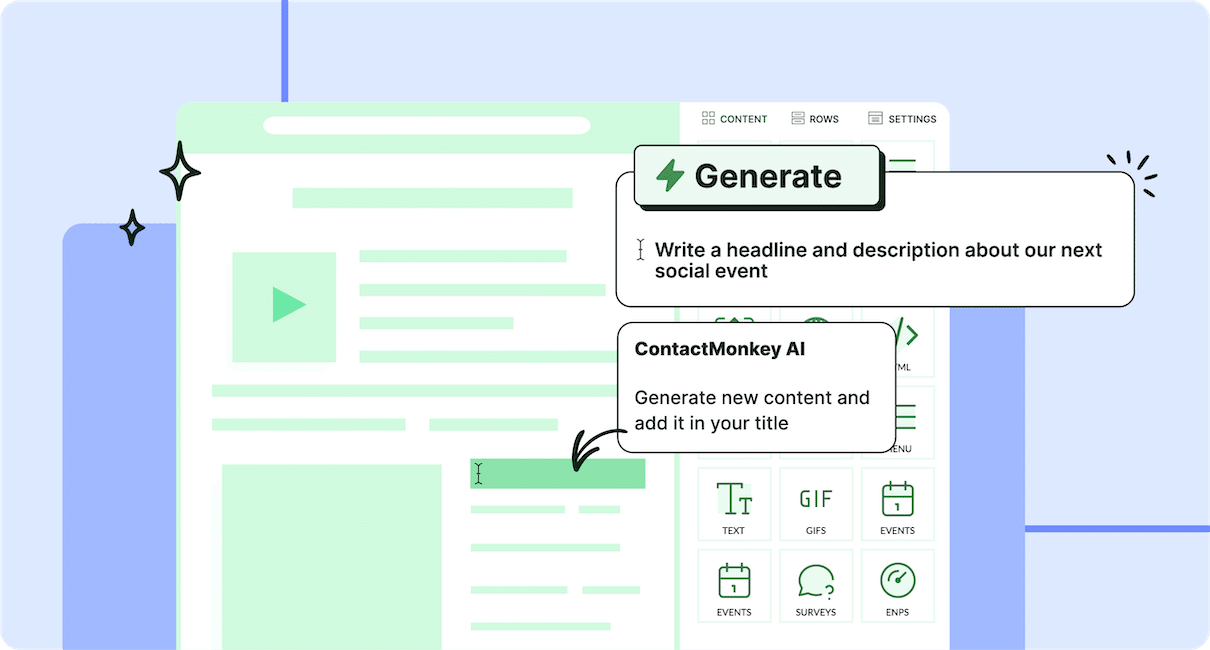
Employee Engagement • Artificial Intelligence
Using AI Tools To Enhance Employee Engagement
Sep 13, 2024
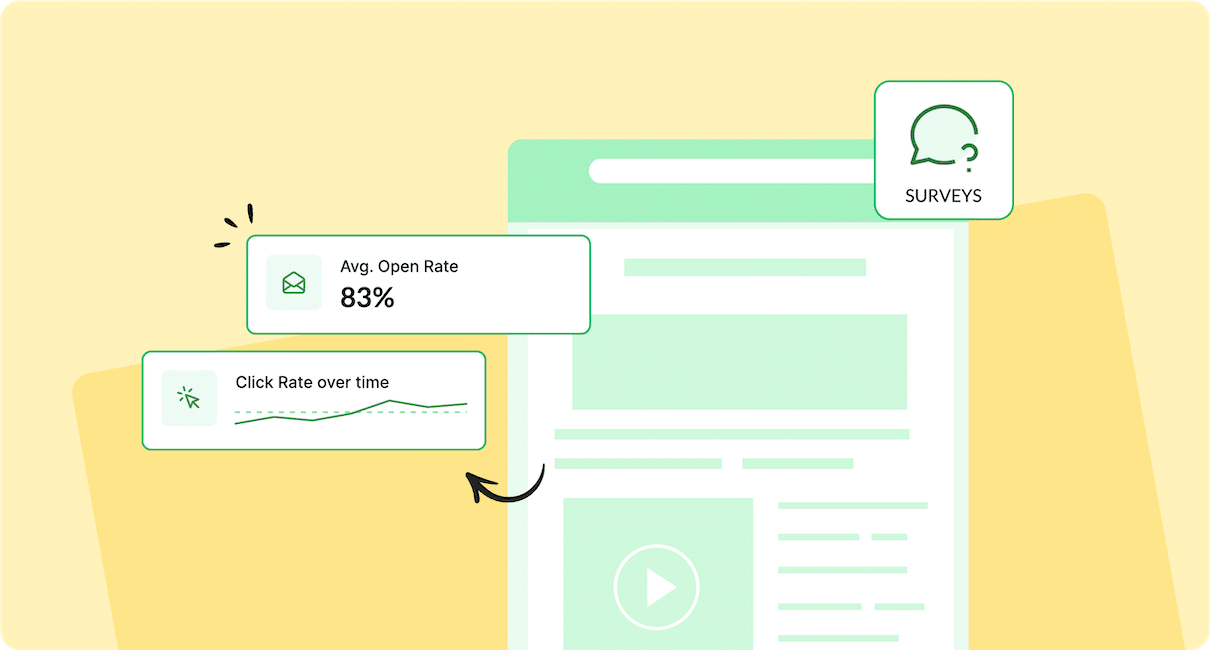
Employee Engagement • Employee Surveys
Employee Engagement Survey Results Action Plan: 10 Key Steps To Follow
Aug 23, 2024

Employee Surveys • How-To Tutorials
How To Use Pulse Surveys In Your Internal Communications
Aug 21, 2024
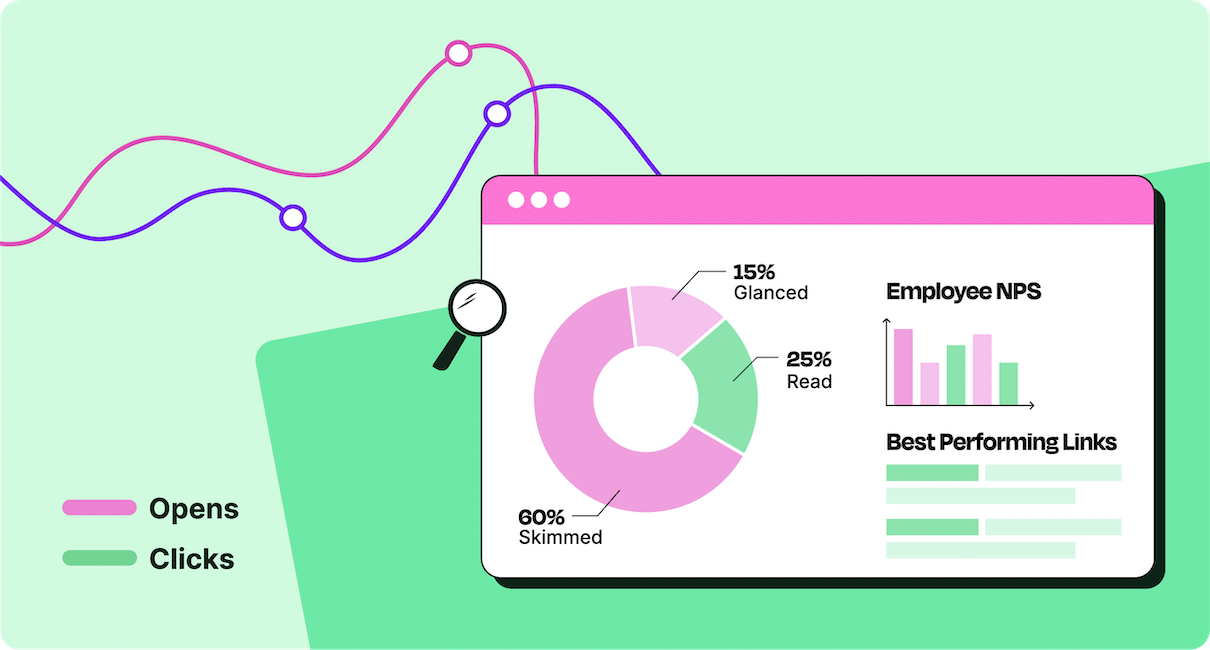
Employee Engagement • Email Analytics
Understanding Employee Engagement Data Analytics Strategy and Tools
Aug 19, 2024
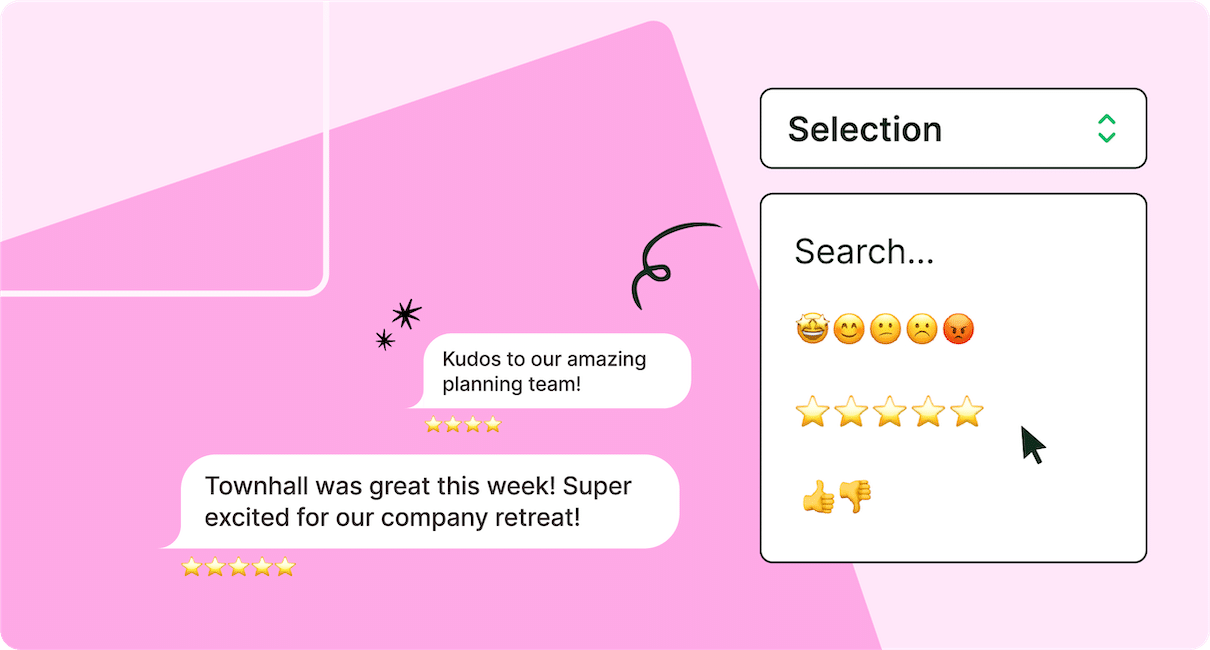
Employee Engagement • How-To Tutorials
How To Engage Employees: 10 Actionable Strategies and Ideas
Aug 15, 2024
Be a ContactMonkey insider
News, events, and best practices in internal communications.
